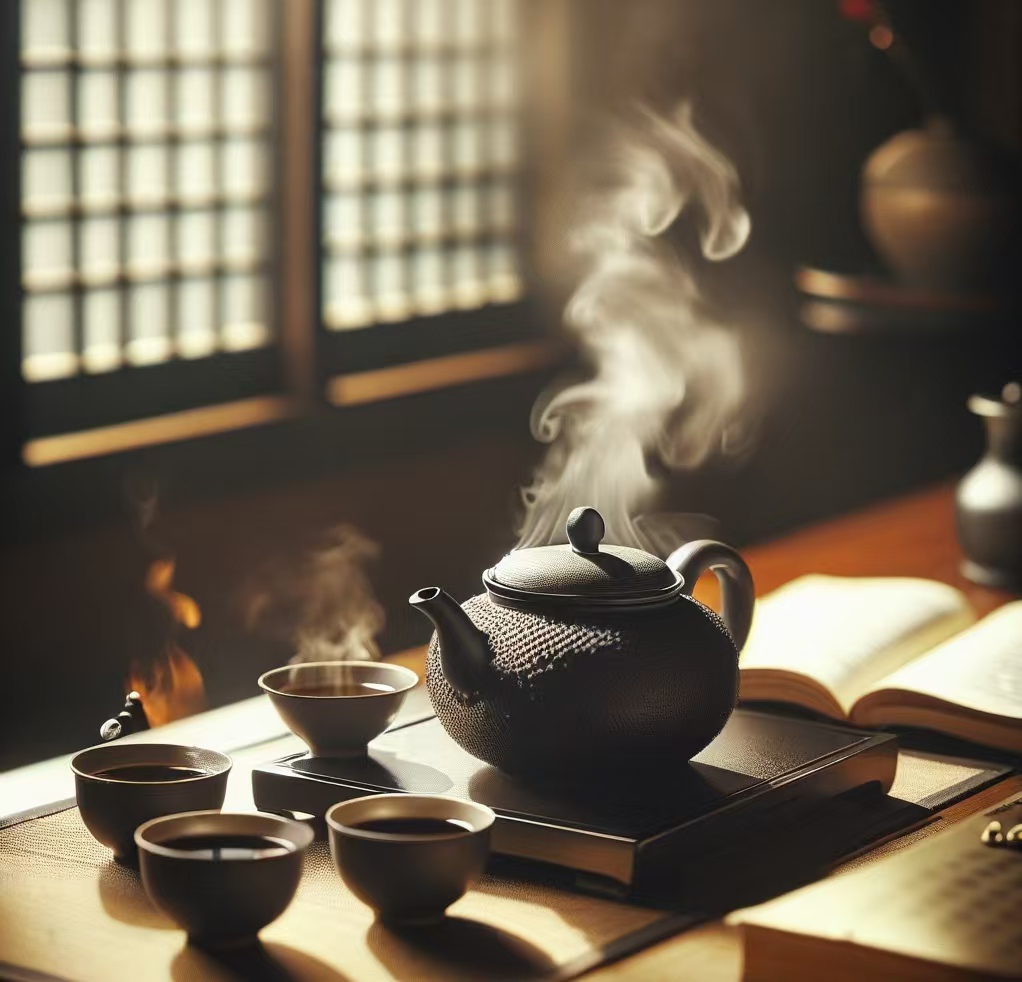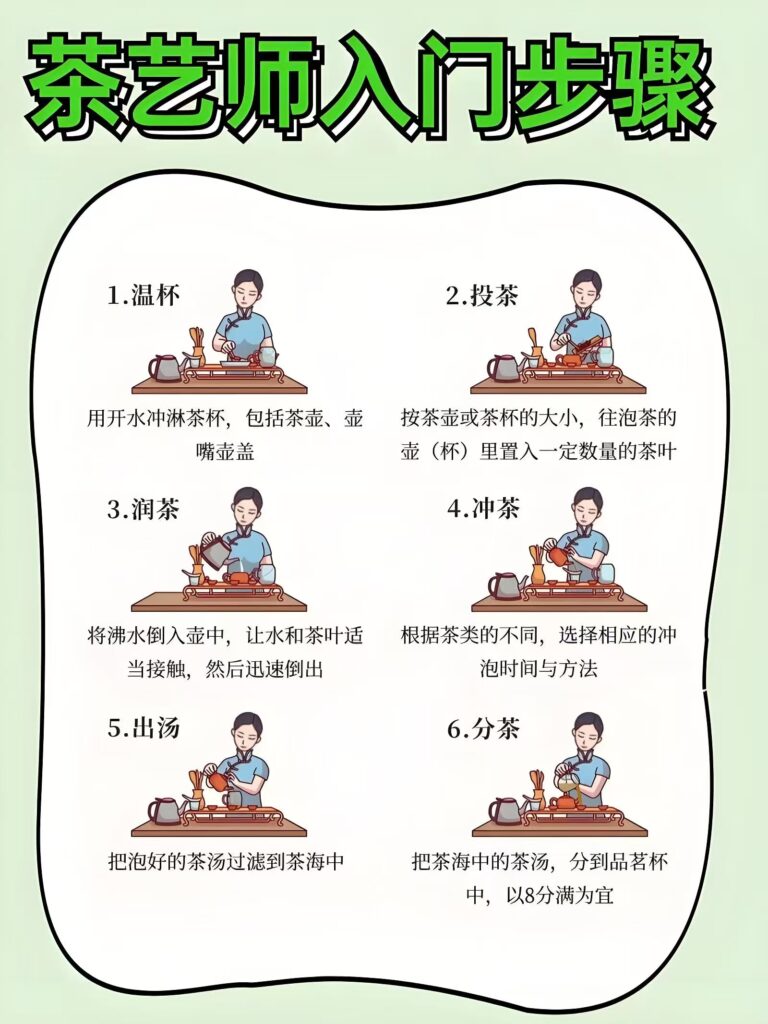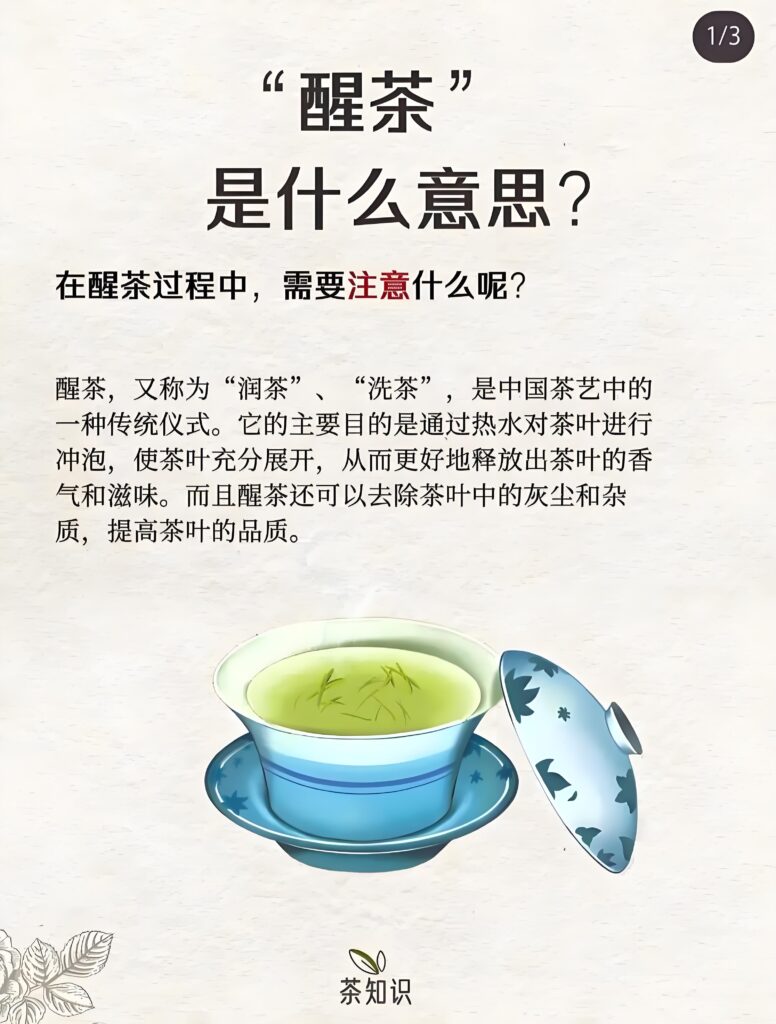Chinese Tea Art: Discover the Beauty and Tradition of a Thousand-Year Culture
Chinese tea art is a vital part of Chinese culture with thousands of years of history. It’s more than just a way of drinking tea—it’s an art, a discipline, and a bridge between people and nature, mind and spirit. This article will explore the unique charm of Chinese tea art and explain how to brew different types of tea, helping you appreciate the depth of traditional tea culture.

What Is Chinese Tea Art?
Chinese tea art refers to the collection of techniques and etiquette surrounding tea preparation and appreciation. It includes selecting tea leaves, choosing water, brewing, serving, and tasting. Deeply rooted in the philosophy of harmony, respect, purity, and tranquility, Chinese tea art seeks a perfect balance between aroma, flavor, and ambiance.
How to Brew Different Types of Chinese Tea
Each type of Chinese tea has unique characteristics and requires specific brewing techniques to bring out its best flavor and aroma. Below are recommended methods for the most common types:

1. Çaji jeshil (e.g., Longjing, Biluochun)
- Water temperature: 80°C – 85°C (176°F – 185°F)
- Recommended teaware: Glass cup or gaiwan
- Brewing tip: Pour water first, then add tea leaves to preserve delicate aromas. Avoid long steeping times to prevent bitterness.
2. Çaji i Zi (e.g., Dianhong, Keemun)
- Water temperature: 90°C – 95°C (194°F – 203°F)
- Recommended teaware: Yixing teapot or porcelain gaiwan
- Brewing tip: Warm the pot, rinse the leaves quickly with hot water, then steep based on taste (15–60 seconds).
3. Oolong Tea (e.g., Tieguanyin, Da Hong Pao)
- Water temperature: 100°C (212°F)
- Recommended teaware: Gongfu tea set (Yixing teapot, aroma cups, fairness pitcher)
- Brewing tip: Use more leaves, shorter steep time. The first few infusions are rich in fragrance; later ones reveal sweetness and complexity.
4. Çaji i Bardhë (e.g., Silver Needle, Shoumei)
- Water temperature: 85°C – 95°C (185°F – 203°F)
- Recommended teaware: Glass teapot or gaiwan
- Brewing tip: White tea can be brewed multiple times; flavor gets smoother and sweeter with each infusion. Aged white tea is especially mellow.
5. Dark Tea (e.g., Pu-erh)
- Water temperature: 100°C (212°F)
- Recommended teaware: Yixing teapot or gaiwan
- Brewing tip: Rinse the leaves first to “wake up” the tea. Shorten brewing times at the start, gradually increasing with each steep.
Unique Features of Chinese Tea Art

- Ancient heritage: China is the birthplace of tea with over 4,000 years of history.
- Rich etiquette: Tea art reflects courtesy, elegance, and the spirit of hospitality.
- Mindful living: It promotes a calm, reflective lifestyle through the act of tea drinking.
- Teaware harmony: Proper teaware enhances both the taste and aesthetics of tea.
- Cultural integration: Chinese tea art often blends with poetry, painting, incense, and music.
Frequently Asked Questions (FAQ)
Q1: What is Gongfu Tea?
A: Gongfu tea is a refined form of Chinese tea art, especially popular in Fujian and Guangdong. It focuses on precise brewing techniques and a complete tea experience that highlights aroma, taste, and skill.
Q2: Why do we rinse tea before drinking?
A: Rinsing helps remove dust and impurities while awakening the leaves’ fragrance. It’s especially important for aged teas like Pu-erh.
Q3: How is Chinese tea art different from Japanese tea ceremony?
A: Chinese tea art is more casual and emphasizes natural beauty and taste, while the Japanese tea ceremony is more formal, philosophical, and ritualistic. Both focus on inner peace and cultural depth.
Q4: Can beginners learn Chinese tea art?
A: Absolutely. Anyone can start with basic brewing and gradually explore deeper practices. Tea art is accessible, relaxing, and enriching.
Conclusion: Chinese Tea Art for the World to Enjoy
Chinese tea art is a mirror of Eastern philosophy—deep, serene, and refined. Whether you’re a tea enthusiast, a professional, or someone simply curious about tea culture, you can find joy and peace in the world of Chinese tea.
Interested in Chinese tea art, premium red and green tea products, or tea culture collaboration?

